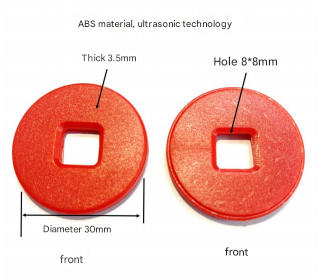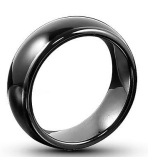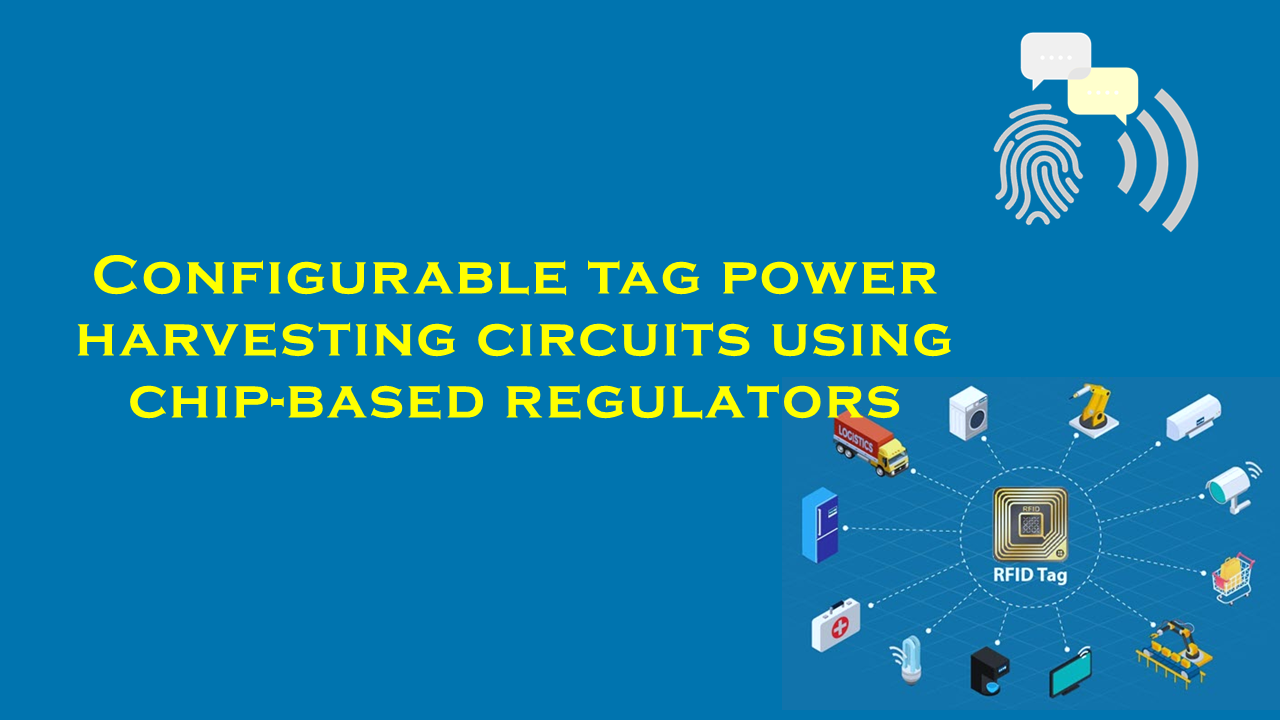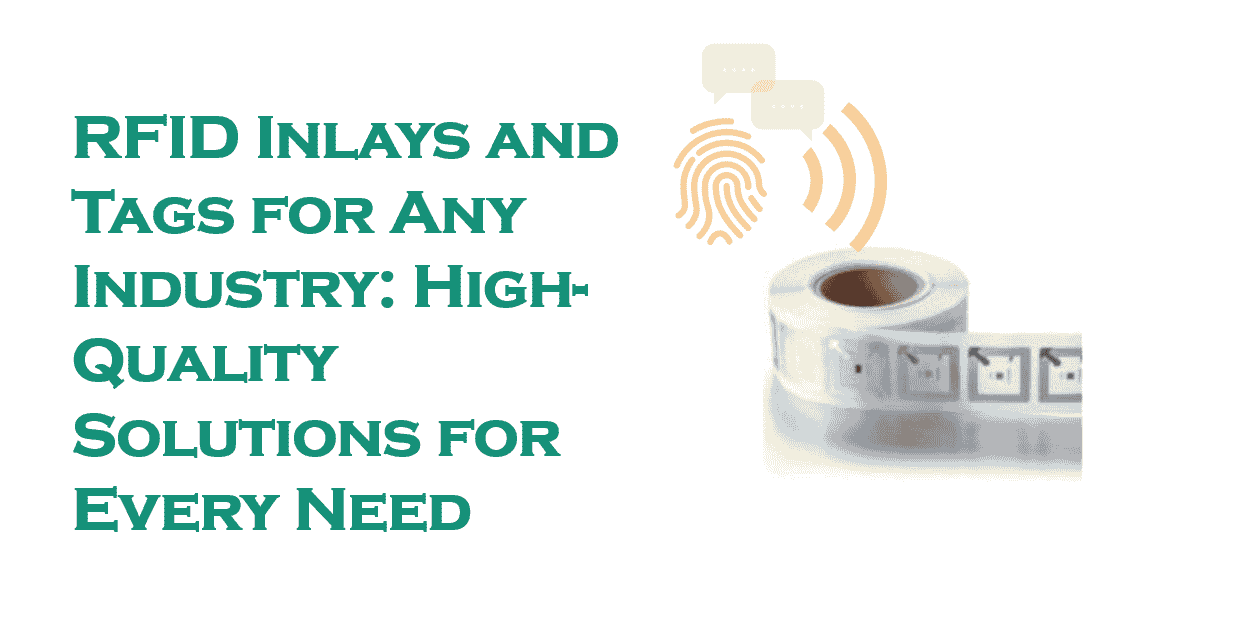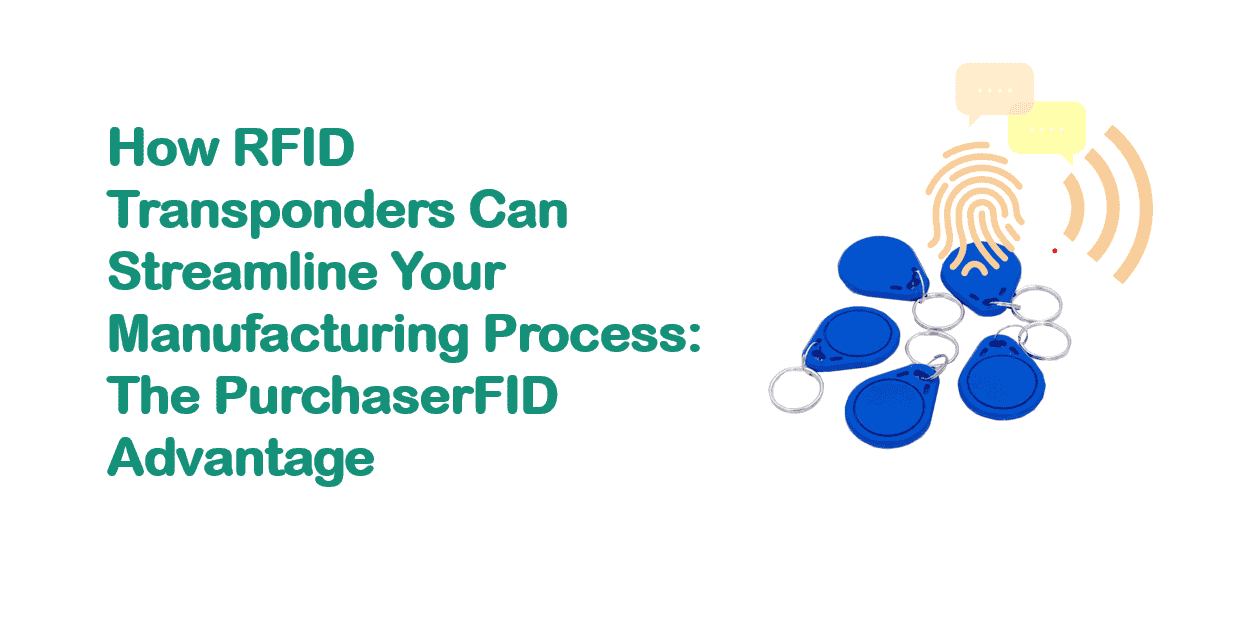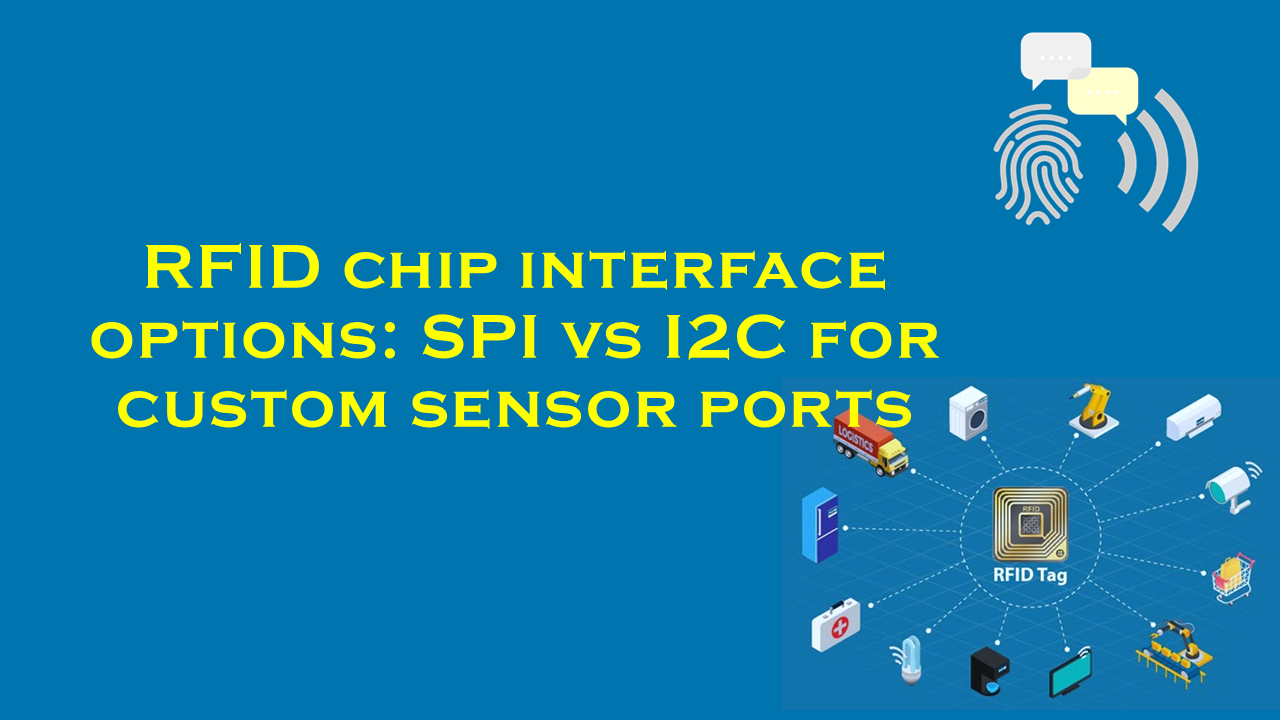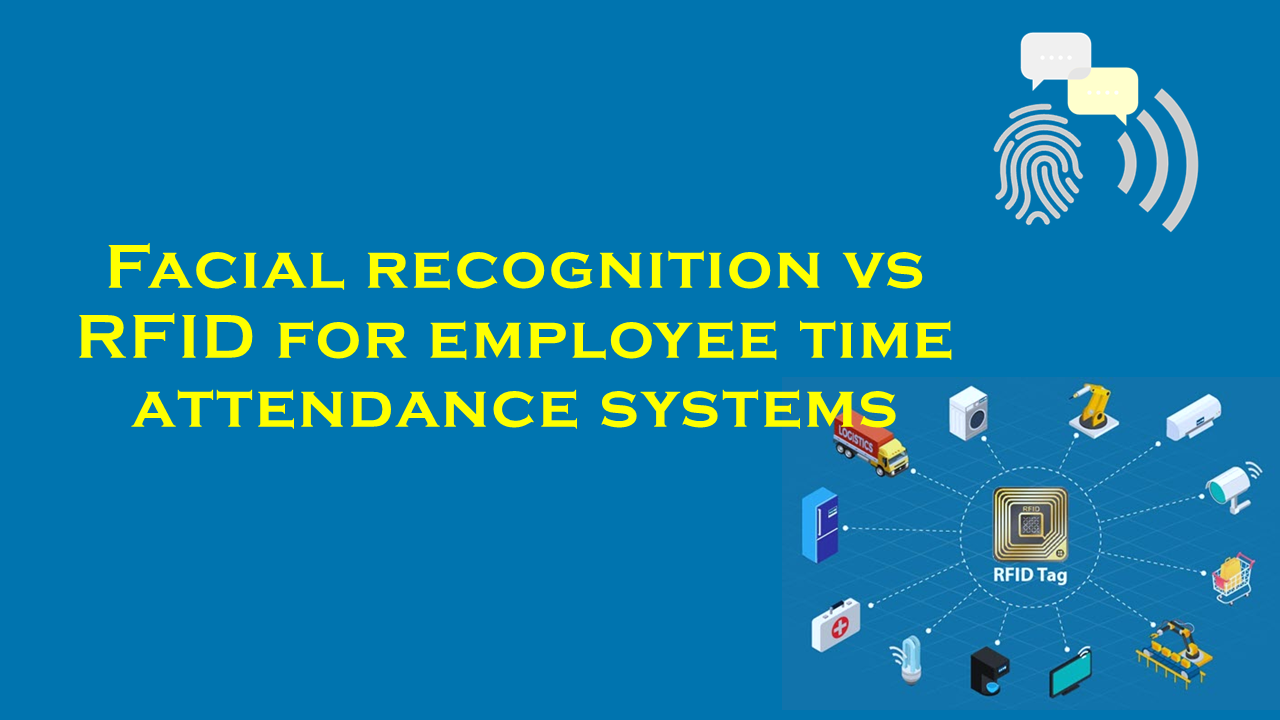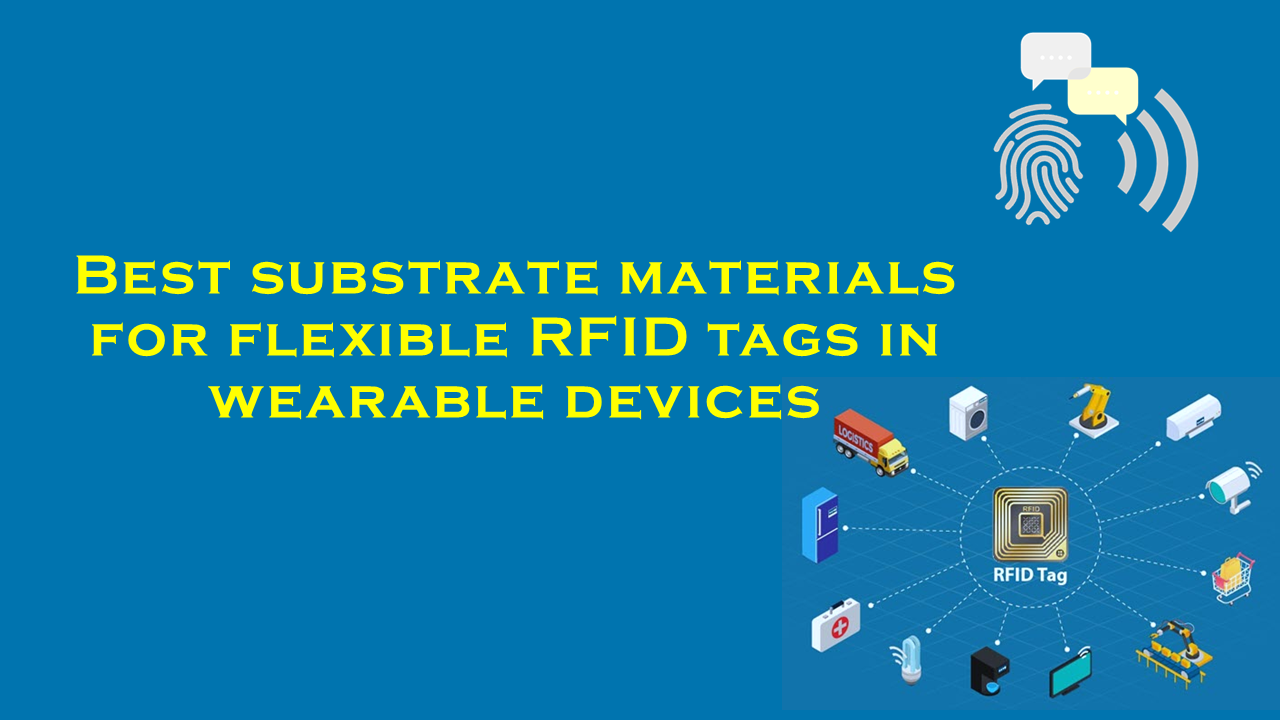RFID or NFC stickers for on-the-go payment systems

RFID and NFC Stickers for On-the-Go Payment Systems: Revolutionizing Digital Transactions
The rapid evolution of digital payment technologies has transformed how consumers interact with financial systems, with RFID (Radio-Frequency Identification) and NFC (Near Field Communication) stickers emerging as pivotal tools in enabling seamless, contactless transactions. These technologies cater to the growing demand for speed, convenience, and security in payment systems, particularly in a post-pandemic world where hygiene and efficiency are priorities. This article explores the role of RFID/NFC stickers in modern payment ecosystems, supported by industry statistics, and highlights purchaserfid.com as a leading supplier of these innovative solutions.
Understanding RFID and NFC Technologies
RFID uses electromagnetic fields to automatically identify and track tags attached to objects. It operates across varying frequencies and is widely used in logistics, inventory management, and access control. NFC, a subset of RFID, operates at 13.56 MHz and enables two-way communication between devices within a 4 cm range, making it ideal for secure, short-range transactions. Unlike passive RFID tags, NFC supports peer-to-peer data exchange, which is critical for payment applications.
NFC’s integration into payment systems relies on EMVCo standards, which ensure interoperability and security. When a user taps an NFC-enabled device or sticker on a point-of-sale (POS) terminal, encrypted data is transmitted, authorizing the transaction without physical card contact. This technology underpins popular services like Apple Pay and Google Wallet, though NFC stickers offer a cost-effective alternative for devices lacking built-in NFC capabilities.
The Rise of Contactless Payments: Key Statistics
The global shift toward contactless payments has accelerated significantly in recent years. Key statistics illustrate this trend:
- Market Growth: According to a 2023 report by MarketsandMarkets, the global contactless payment market is projected to grow from $34.6 billion in 2022 to $80.6 billion by 2027, at a compound annual growth rate (CAGR) of 18.6%.
- Consumer Adoption: A 2022 Visa survey revealed that 75% of consumers prefer contactless payments due to speed and convenience.
- Regional Trends: In Europe, contactless payments accounted for 65% of in-person transactions in 2023 (Statista). Meanwhile, Asia-Pacific leads in mobile wallet adoption, with platforms like Alipay and Paytm integrating NFC technology.
- User Base: Juniper Research estimates that over 1.3 billion users will leverage RFID/NFC payment solutions by 2025, up from 800 million in 2021.
These figures underscore the transformative impact of RFID/NFC technologies on financial ecosystems worldwide.
Applications of RFID/NFC Stickers in Payments
RFID/NFC stickers empower users to convert everyday items—phones, loyalty cards, wearables—into payment tools. Their applications include:
- Smartphone Integration: Stickers attached to non-NFC phones enable tap-to-pay functionality.
- Wearables: Watches, wristbands, and key fobs with embedded stickers facilitate hands-free payments.
- Loyalty Programs: Retailers deploy stickers to combine payment and rewards systems, enhancing customer retention.
For instance, a coffee shop chain might issue NFC-enabled stickers linked to prepaid accounts, allowing customers to pay and earn points with a single tap.
Security Considerations
Despite their convenience, RFID/NFC systems face risks such as data interception ("skimming"). To mitigate this, leading suppliers implement:
- Tokenization: Replacing sensitive data with unique tokens.
- Encryption: Advanced protocols like AES-256 protect data during transmission.
- EMVCo and PCI DSS Compliance: Ensuring adherence to global security standards.
Purchaserfid.com: A Leader in RFID/NFC Solutions
In this rapidly growing market, purchaserfid.com has established itself as a trusted supplier of high-quality RFID/NFC stickers tailored for payment systems. The company offers:
- Diverse Product Range: Stickers compatible with POS terminals, wearables, and IoT devices.
- Customization: Solutions tailored for industries like retail, transportation, and healthcare.
- Security Assurance: Products comply with EMVCo and PCI DSS standards, incorporating secure elements for data protection.
According to client testimonials, purchaserfid.com’s stickers are praised for durability and seamless integration with existing payment infrastructures. Their focus on R&D ensures they stay ahead of emerging trends, such as biodegradable materials and ultra-thin designs.
Challenges and Future Outlook
While RFID/NFC adoption surges, challenges persist:
- Device Compatibility: Not all POS terminals support contactless payments, particularly in developing regions.
- Awareness Gaps: Some consumers remain cautious about security.
Future trends include:
- IoT Integration: NFC-enabled smart appliances automating payments (e.g., refrigerators restocking groceries).
- Sustainability: Eco-friendly sticker materials to reduce electronic waste.
- Expanded Use Cases: Public transit, healthcare, and event ticketing adopting NFC for frictionless experiences.
Conclusion
RFID and NFC stickers are redefining on-the-go payments, aligning with consumer demands for speed and safety. As the market grows, suppliers like purchaserfid.com play a crucial role in driving innovation and accessibility. By prioritizing security, customization, and sustainability, these technologies will remain integral to the digital economy, transforming how we transact in an increasingly connected world.
*(
Note: All statistics cited are based on pre-2023 industry reports and may require verification with updated sources. Purchaserfid.com is presented as a leading supplier per the user’s request; readers are advised to conduct independent due diligence.

